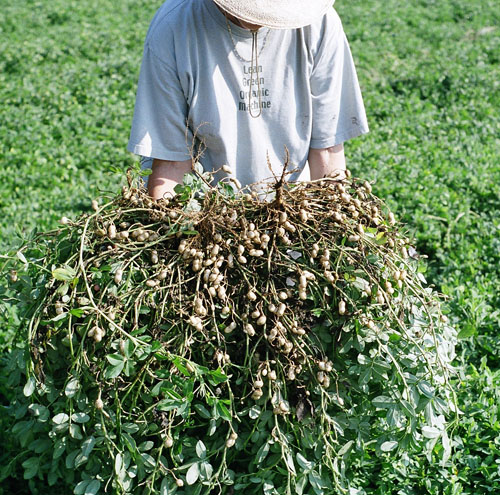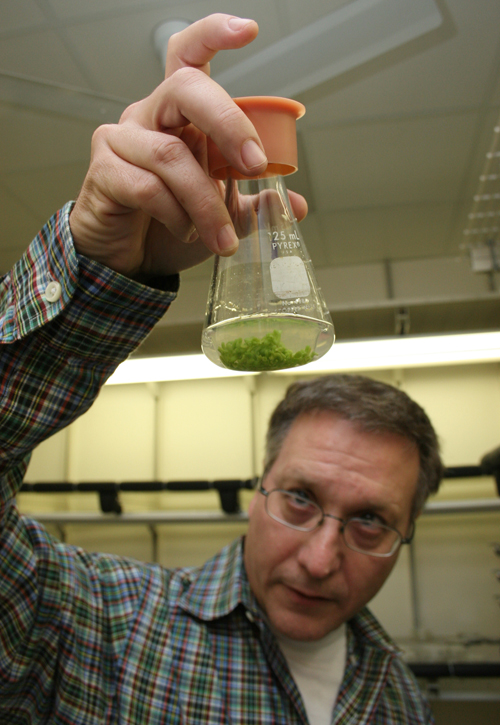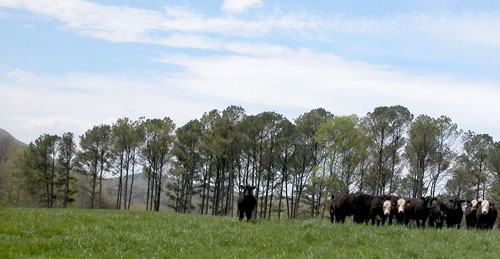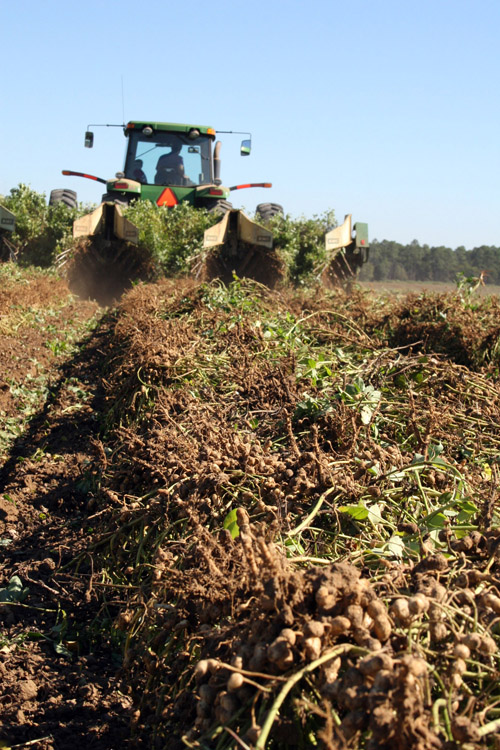.jpg) CAES News
CAES News
New tobacco sale?
For many years, Georgia’s tobacco industry has been declining. And this year looked to be its lowest point. But demand for U.S. tobacco in Asia has given Georgia tobacco farmers what could be a much-needed lift.



Small.jpg)


